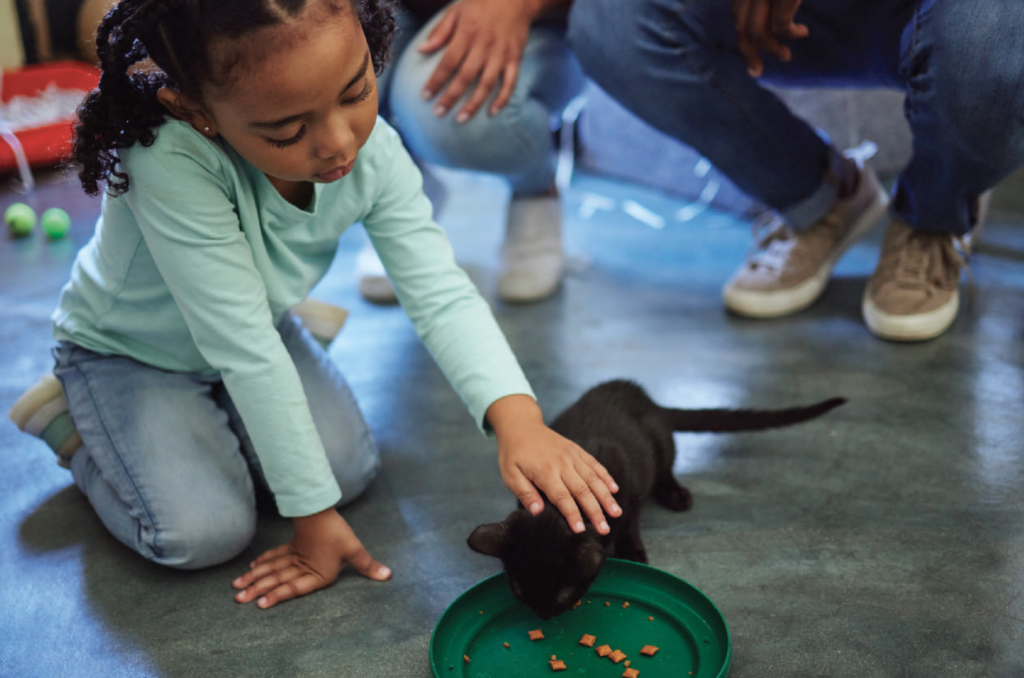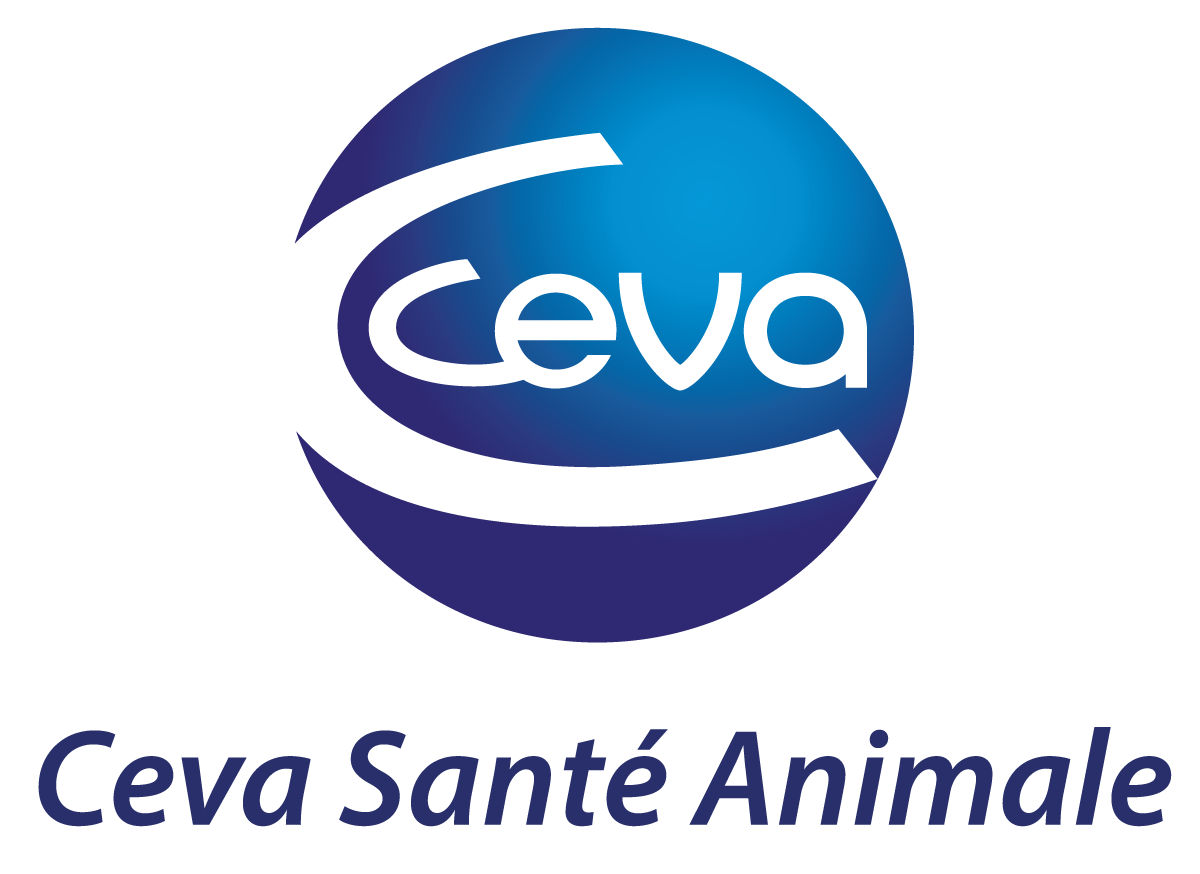
Many experts agree that companion animals can be beneficial to human wellbeing, and there is considerable anecdotal evidence to support this idea. High-quality, peer-reviewed science in this area is, however, largely lacking. This makes it difficult to develop effective evidence-based policies, best practices and guidelines for organisations and individuals working in the field of animal-assisted interventions.
Sound policies and guidance are vital to ensure animal-assisted interventions – ranging from fully-trained assistance animals to family pets – respect the well-being of both humans and animals, and deliver maximum benefits. A sound evidence base is also crucial if public health agencies and other organisations are to be convinced to allocate scarce resources to animal-assisted interventions over other options.
As part of its ongoing support to the International Association of Human-Animal Interaction Organizations (IAHAIO), Ceva is continuing to support innovative research to help enhance the science around the human-animal bond. It particularly focuses on how pets can improve the wellbeing of children and young people, including those living with mental health challenges. Earlier support from Ceva helped to shed light on a mechanism (synchrony 1) that may underlie the effect of dog-assisted therapy and how this makes a difference for children with autism spectrum disorder and Down syndrome 2.
The latest PhD researcher to be supported by Ceva is Danielle Groenewoud, an experienced clinical psychologist, who is comparing the nature of the bond between youngsters aged 8-14 years with their pets and also with their parents. In her clinical work with adolescents with depression or anxiety, Danielle is used to working with the whole family – parents and siblings, and often pets too. She realised, however, that 20-years ago, when she trained, there was nothing in the curriculum about the humananimal bond and, even now, this topic receives only scant coverage.
During a recent sabbatical year, she reviewed the literature on the attachment bond between children and animals and discovered that very little research had been done. So, under the guidance of Professor Marie-Jose Enders, president of IAHAIO, and with financial support from Ceva, she is now working on a PhD with the objective of seeing if the attachment bond between children and their cats and dogs is comparable to that between children and their parents.
“Attachment bonds, such as those between children and their parents, can be classified as secure or insecure. Secure bonds are associated with better social and emotional wellbeing, while insecure bonds, which can be described as anxious, disorganised or avoidance, are risk factors for developing psycho-social health problems such as anxiety, low quality of life and problems with emotional regulation. We know that secure attachment to pets can have a positive effect on wellbeing of adults but we don’t know if this also holds for children.“
Danielle Groenewoud, experienced clinical psychologist
Now in the second year of her PhD, Danielle has completed a systematic review of relevant peer-reviewed publications, which has revealed some contradictory results. She is currently fine-tuning the design for her own study, which will focus on children and adolescents aged 8-14 years. Using carefully designed questionnaires, she will gather data on attachment to pets and parents and the correlation with social-emotional wellbeing and emotional regulation. The aim is to answer the questions: is attachment to parents the same as to pets, and is attachment to pets associated with wellbeing of children?
Commenting on this research, Danielle explained that she had purposefully chosen children in the 8-14 years age range because they experience big transitions in their lives: transitioning from children to teenagers; changing school; and experiencing a widening attachment network with a shift in focus from parents to peers: “As 30-40% of children in the West have insecure attachment bonds with one or both of their parents, it will fascinating to see whether secure attachments with pets can have beneficial impacts on these children.”
Discover our Economic and Social Report 2022 here.
